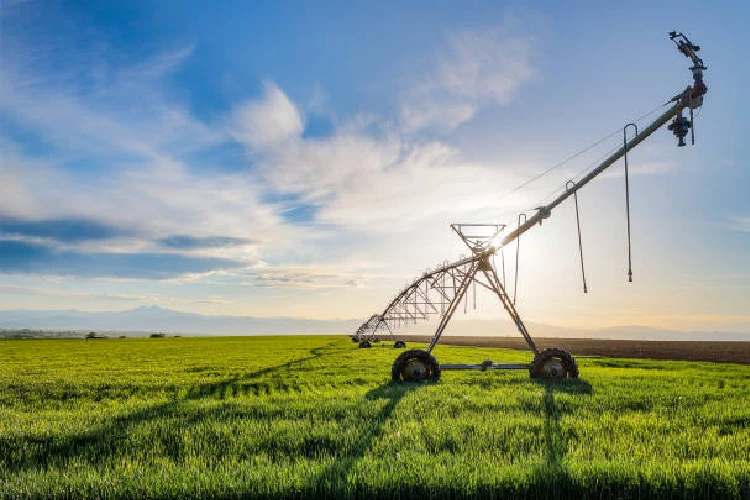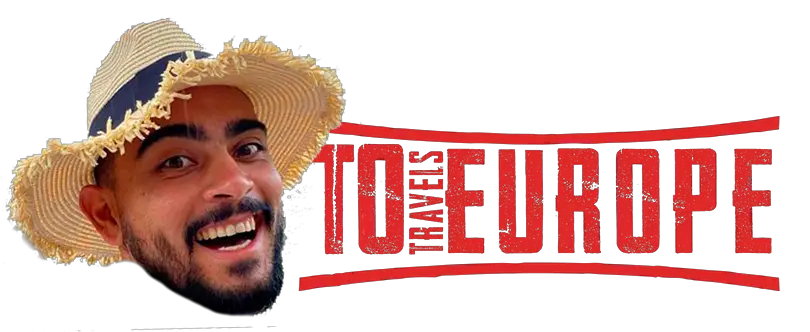European countries are taking a variety of measures to address the challenges facing the food and agriculture industry, including the use of technology. Here are some examples of how European countries are using technology to improve the food and agriculture sector:
You can interest also: Netherlands: The country with one of the world’s best agriculture
- Precision agriculture: European countries are increasingly using precision agriculture techniques, such as precision planting, precision fertilization, and precision harvesting, which use technology such as GPS, sensors, and drones to improve crop yields and reduce waste.
- Smart farming: European countries are implementing smart farming solutions, such as precision livestock farming, which use technology such as sensors, IoT, and machine learning to improve animal health and welfare, as well as reduce costs and increase efficiency.
- Indoor farming: European countries are investing in indoor farming technology, such as vertical farming, which uses technology such as LED lighting and hydroponics to grow crops in controlled environments, reducing the need for land and water and increasing yields.
- Food traceability: European countries are implementing technology solutions, such as blockchain and RFID, to improve food traceability, which allows for better tracking of food products from farm to table, improving food safety, reducing waste, and increasing transparency.
- Robotics and automation: European countries are using robotics and automation to improve efficiency and reduce labor costs in the food and agriculture sector, such as the use of autonomous tractors, drones, and robotic harvesters.
- Biotechnology: European countries are investing in biotechnology research to improve crop yields and reduce the use of pesticides and fertilizers, such as gene editing and synthetic biology.
- Digitalization: European countries are implementing digital solutions, such as data analytics and software, in order to increase the efficiency and effectiveness of the food and agriculture sector.
- Climate-resilient agriculture: European countries are investing in technology to help farmers adapt to climate change, such as precision irrigation and drought-tolerant crops.

It’s worth noting that, these solutions are still in development and implementation stage, and the effectiveness of these solutions will depend on the specific country and sector. Also, the EU has a common agricultural policy (CAP) which is the framework for the agricultural sector in the EU, and it’s continuously updated in order to adapt to the new challenges and opportunities.
You may interest also: What are the 5 Most Food Producing Countries in the World?
Some real datas and statistics related to the food problems
here is more detailed information, statistics, and numbers regarding European countries’ efforts to address the challenges facing the food and agriculture industry using technology, grouped by topic:
- Precision agriculture:
- According to a report by MarketsandMarkets, the precision agriculture market in Europe is expected to reach $5.5 billion by 2023, growing at a CAGR of 7.4% during the forecast period.
- The European Commission has invested over €300 million in precision farming projects under the Horizon 2020 research and innovation program.
- In the UK, farmers are using precision agriculture technology to reduce the use of fertilizers and pesticides by up to 90%.
- Smart farming:
- According to a report by MarketsandMarkets, the smart farming market in Europe is expected to reach $8.1 billion by 2023, growing at a CAGR of 11.3% during the forecast period.
- The European Commission has invested €100 million in smart farming projects under the Horizon 2020 research and innovation program.
- In Denmark, farmers are using precision livestock farming technology to improve animal health and reduce the use of antibiotics.
- Indoor farming:
- According to a report by Zion Market Research, the indoor farming market in Europe is expected to reach $2.2 billion by 2024, growing at a CAGR of 12.5% during the forecast period.
- In the Netherlands, there are over 100 companies working on indoor farming technology, with an estimated total revenue of €1 billion.
- In the UK, companies such as Intelligent Growth Solutions and LettUs Grow are using vertical farming technology to grow crops in controlled environments, reducing the need for land and water and increasing yields.
- Food traceability:
- According to a report by MarketsandMarkets, the food traceability market in Europe is expected to reach $4.5 billion by 2023, growing at a CAGR of 7.3% during the forecast period.
- The European Commission has invested €40 million in food traceability projects under the Horizon 2020 research and innovation program.
- In France, companies such as Carrefour and Auchan are using blockchain technology to improve food traceability, allowing for better tracking of food products from farm to table, improving food safety, reducing waste, and increasing transparency.
- Robotics and automation:
- According to a report by MarketsandMarkets, the agricultural robots and drones market in Europe is expected to reach $3.3 billion by 2022, growing at a CAGR of 21.1% during the forecast period.
- In the UK, companies such as Precision Decisions and Precision Hawk are using drones to survey crops and improve precision agriculture.
- In the Netherlands, companies such as Lely and DeLaval are using robotics and automation to improve efficiency and reduce labor costs in the dairy industry.
- Biotechnology:
- According to a report by Research and Markets, the European biotechnology market is expected to reach $182.87 billion by 2023, growing at a CAGR of 7.3% during the forecast period.
- The European Commission has invested €1 billion in biotechnology research under the Horizon 2020 research and innovation program.
- In Denmark, companies such as Novozymes and Chr. Hansen are using biotechnology to improve crop yields and reduce the use of pesticides and fertilizers, such as through the use of enzymes and probiotics.
- In the UK, companies such as Oxford BioMedica and Crop Design are using gene editing technology to improve crop yields and resistance to pests and diseases.
- In France, companies such as Limagrain and InVivo are using biotechnology to develop new plant varieties and improve crop yields.
It’s worth noting that, these projections are based on current trends and they can change depending on the policies and actions taken by governments, companies and researchers. Also, the effectiveness of these solutions will depend on the specific country, sector and type of technology used.








